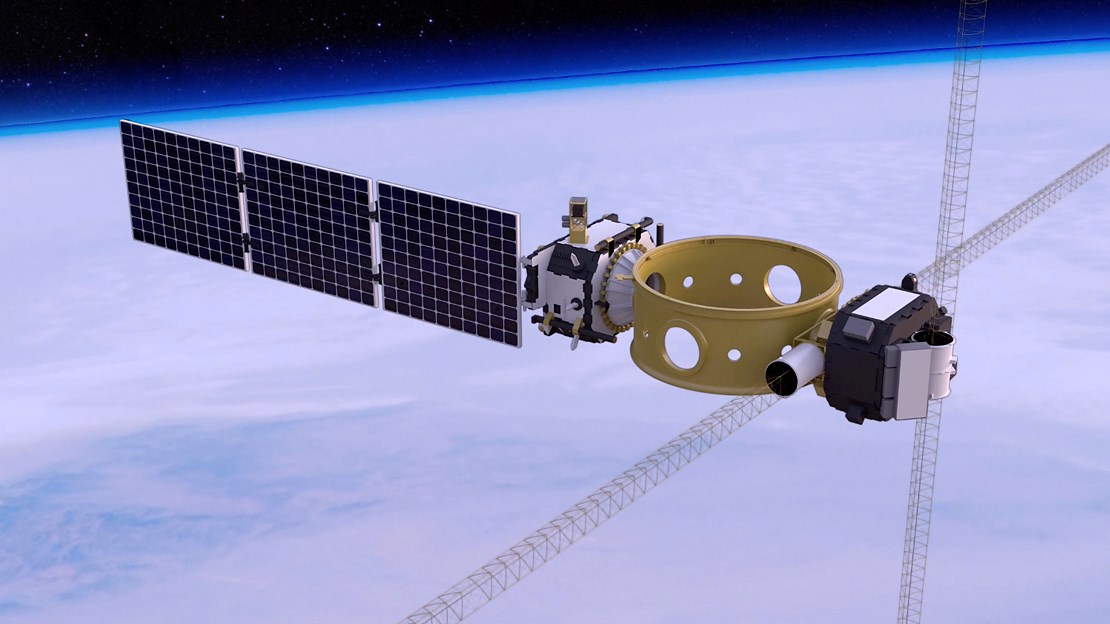 Image by Edwin L. Aguirre
Image by Edwin L. Aguirre
Physics Prof. Paul Song and his research group are part of an Air Force DSX satellite mission team that recently won a Rotary National Award for Space Achievement “Stellar Award.”
The annual award, founded by the nonprofit Space Center Rotary Club of Houston, Texas, in 1985, recognizes teams and individuals whose “accomplishments hold the greatest promise for furthering future activities in space.”
The Stellar Award honors the DSX team for its “successful demonstration of several new space technologies and capabilities in orbit in support of our National Defense Strategy.” Aside from UMass Lowell, the other co-winners include the Air Force Research Laboratory, the Space Systems Command, the U.S. Department of Energy, the MIT Lincoln Laboratory, Stanford University and NASA’s Goddard Space Flight Center.
 Image by NASA
Image by NASA
Mitigating the Threat Posed by ‘Killer Electrons’
Song and his group – Research Profs. Ivan Galkin and Jiannan Tu, Project Manager Stephen Stelmash and Prof. Emeritus Bodo Reinisch – were specifically cited for their contributions to the radio experiment aboard the DSX satellite, which was launched in 2019.
 Image by Edwin L. Aguirre
Image by Edwin L. Aguirre
The goal of the VLF transmissions is to reduce the threat posed by extremely high-energy particles within the radiation belts – dubbed “killer electrons” – that can pose a hazard to the health of astronauts and shorten the lifespan of orbiting satellites.
“These electrons, traveling at nearly the speed of light, are capable of damaging the satellites’ sensitive electronics and exposing astronauts to high doses of radiation,” Song says.
According to Song, the resulting wave-particle interactions from the VLF transmissions may help deplete these harmful electrons, but more research still needs to be done in future missions.
The group’s findings were published in the journal Nature Scientific Reports in 2022.
